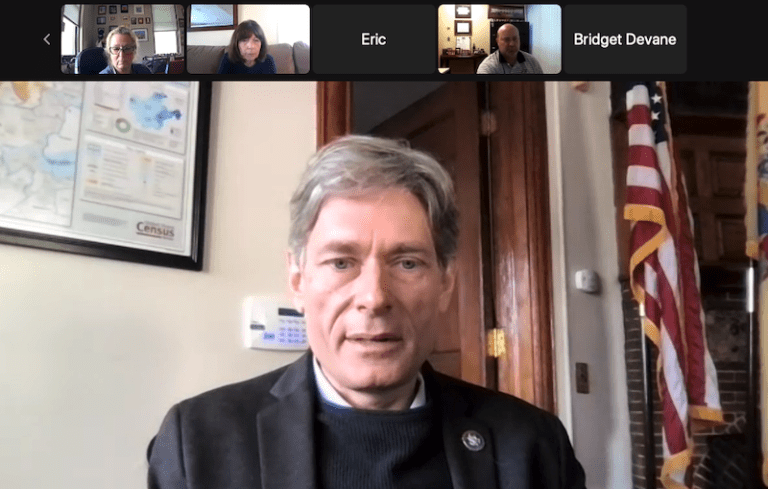By Troy Singleton
When Rutgers University’s Board of Governors voted last month to raise tuition 3.3 percent amid student outcry, the university’s vice president for budgeting, Nancy Winterbauer, said, “I know lots of them are struggling. But we’re a public institution where state funding is flat — it’s at the level it was in the ’90s — and we simply can’t provide the quality of an education that our students need without raising tuition.”
While this might not soothe the wounds of Rutgers students struggling to make ends meet, it’s clear that they’re not alone. Across our state and country, the cost of a college education has skyrocketed over the last few decades.
Whether the relationship between cuts in state aid to colleges and tuition increases is an uncanny coincidence or a direct correlation remains to be proven. However, we do know that state aid to New Jersey’s senior public colleges and universities has been cut by 15 percent over the last four years, while tuition at these schools has risen an average of 17.4 percent over the last five years.
I think everyone can agree that the cornerstone of a healthy economy and a vibrant future for our young people and our country as a whole is a college education. So how do we — like most other states — invest in higher education during this extraordinarily tight economy without overburdening taxpayers?
In today’s chase for finite resources, I believe we should reward schools that deliver a more efficient educational product without compromising the integrity of their academic mission.
That’s why I have joined with my colleague, Assemblyman Joe Cryan, in sponsoring A3856 to create a performance-based funding plan to allocate state aid to our colleges and universities.
More>>

